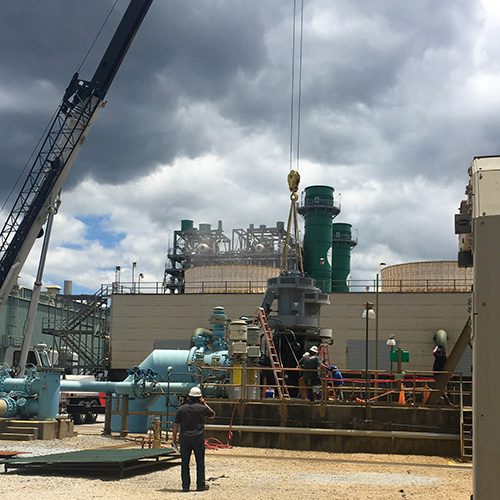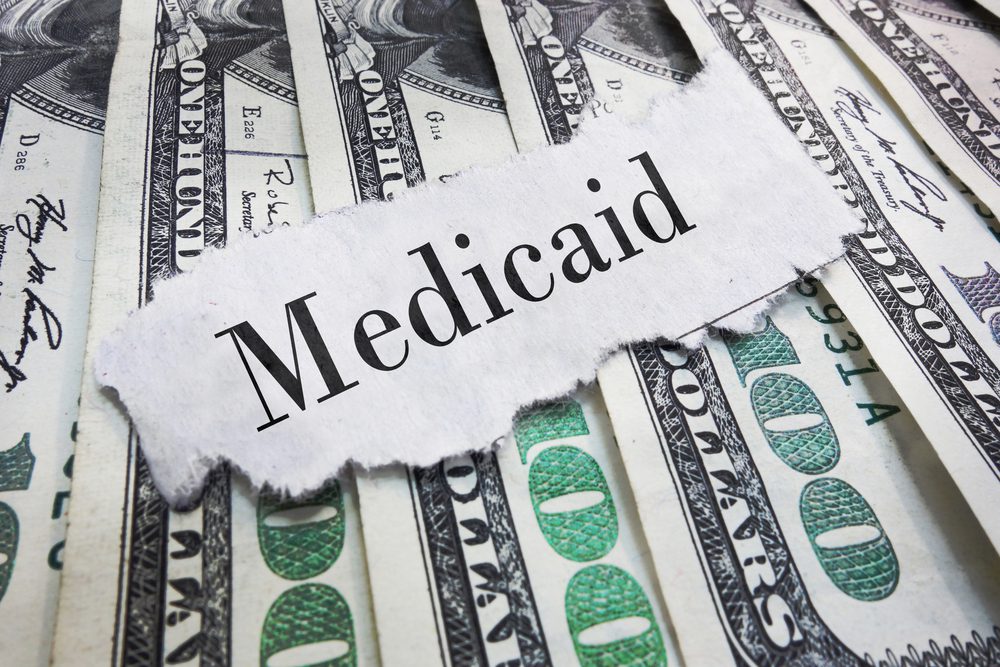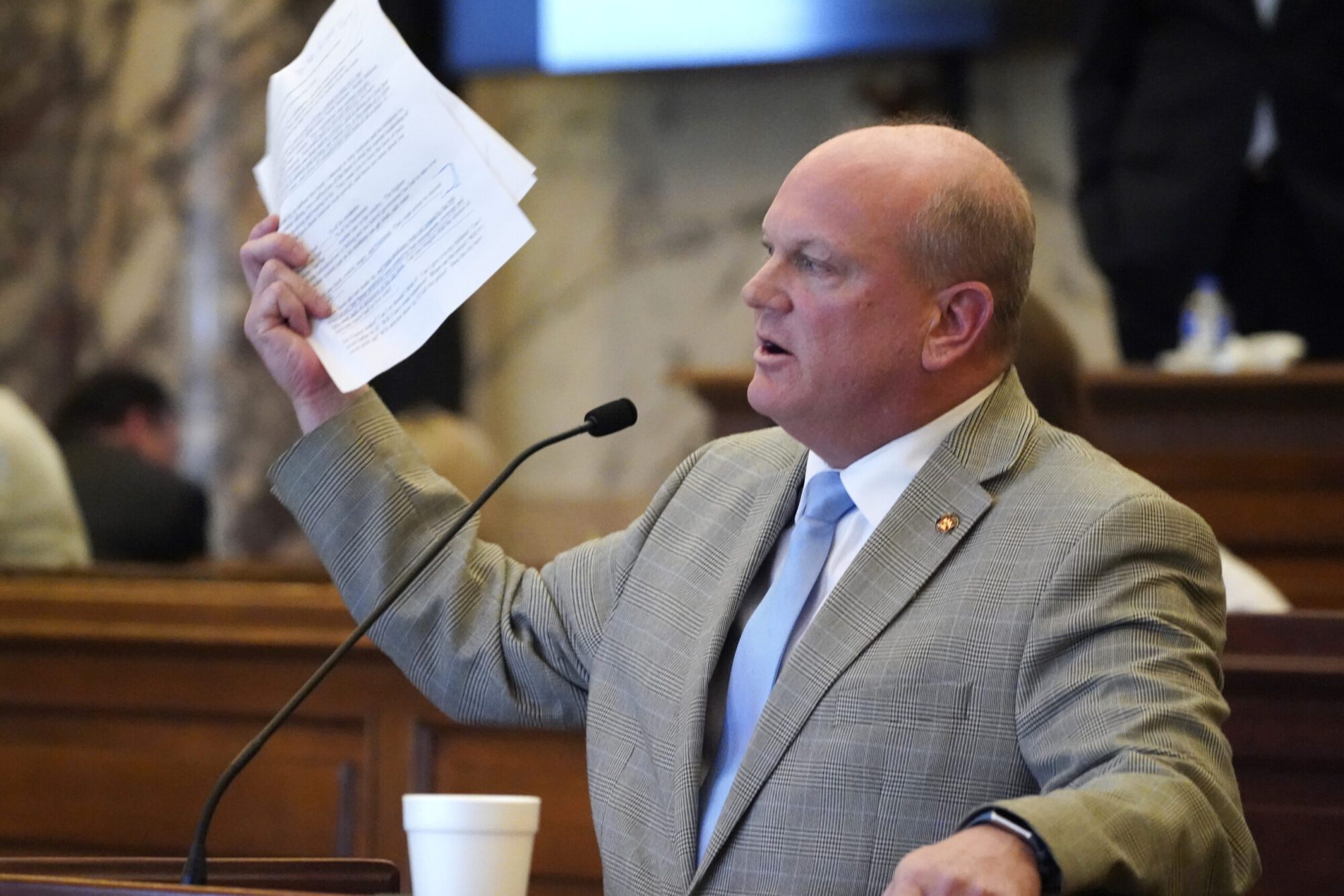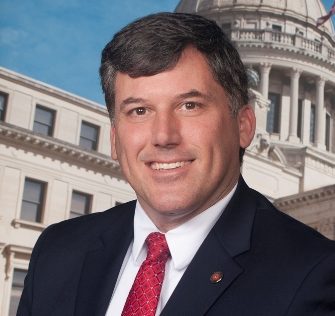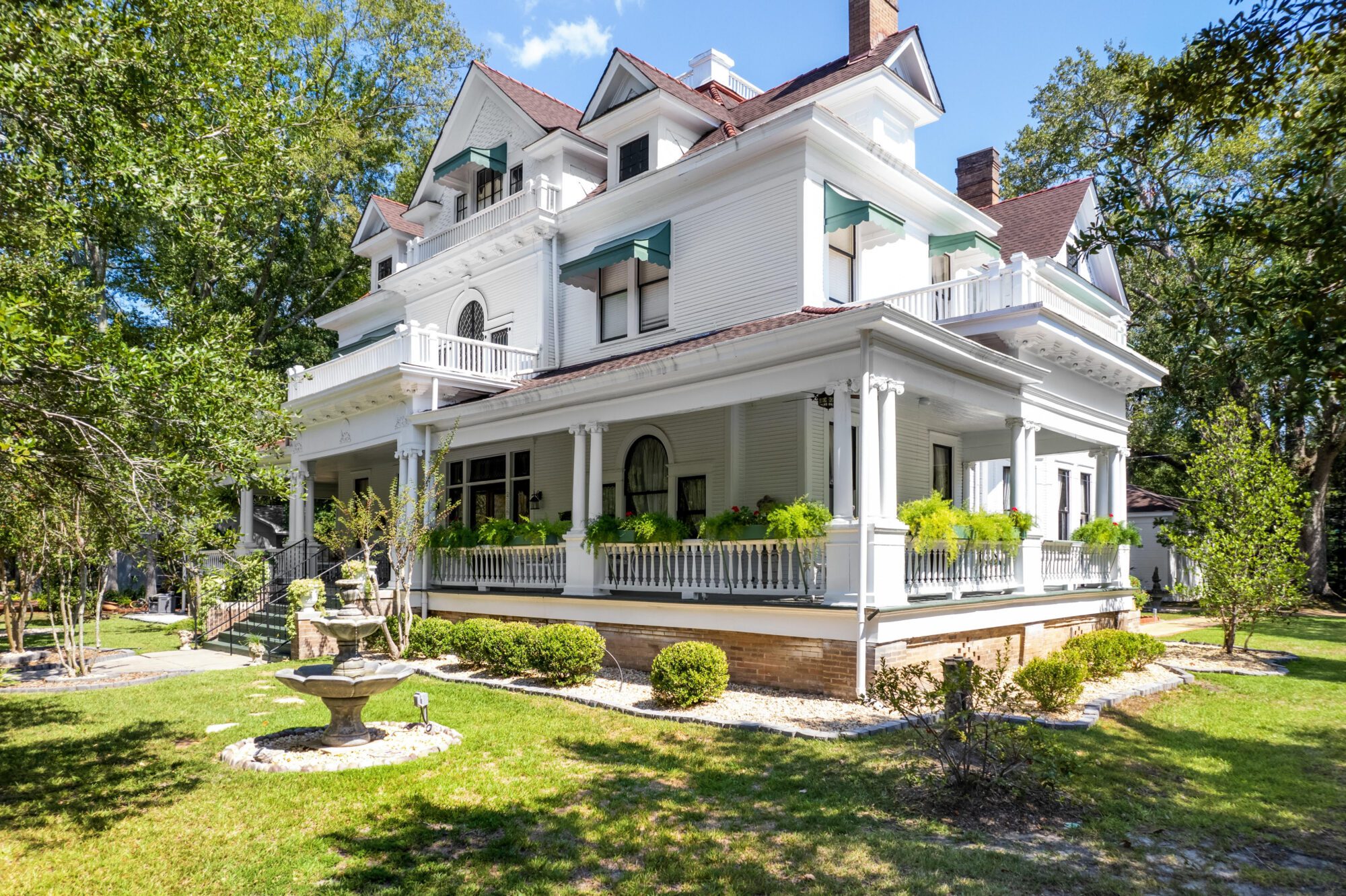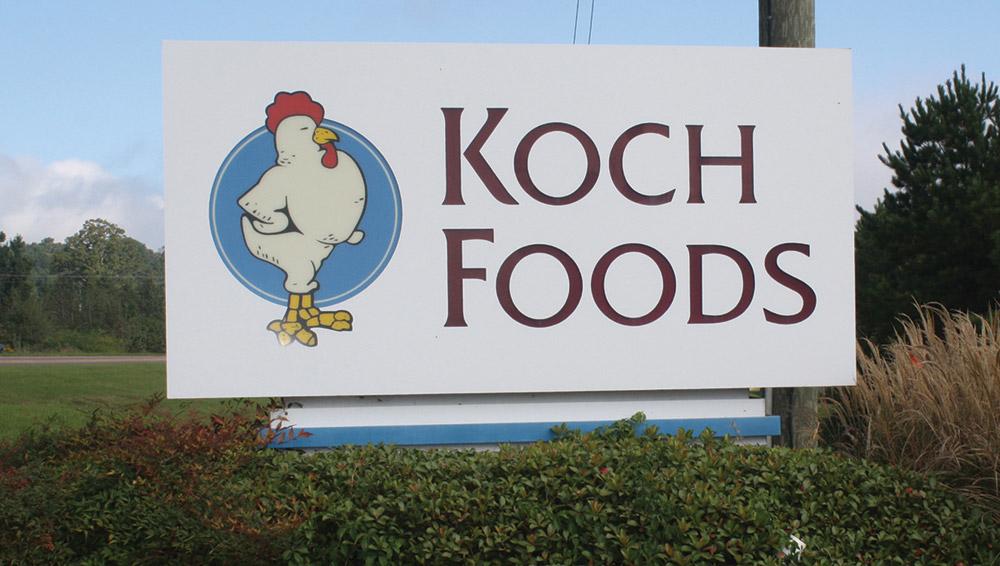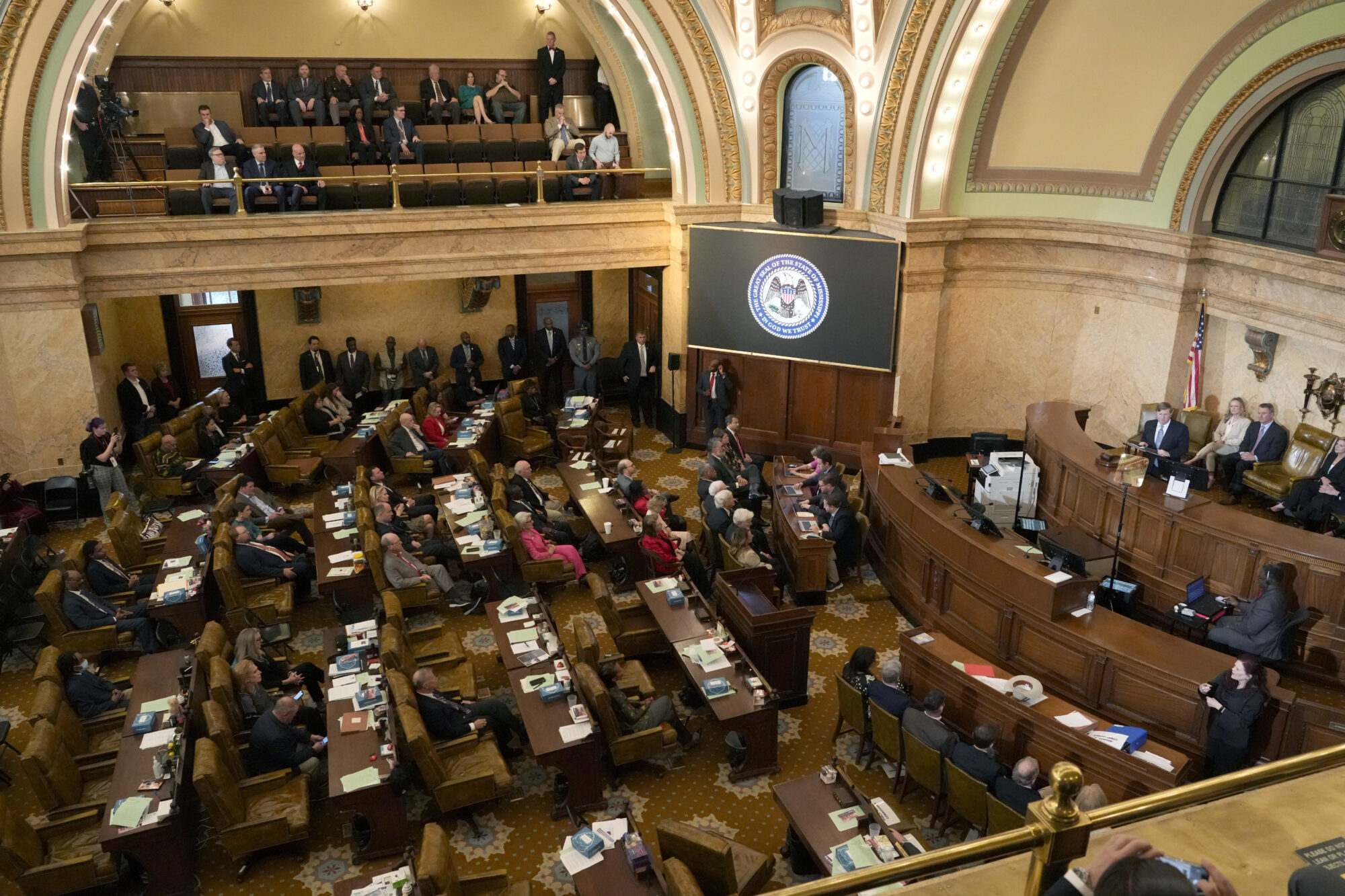
50% of business owners say labor shortage is still an issue.
In August NFIB small business optimism index increased by 0.4 points from July up to 100.1. This included five of the top 10 index components improving with four in decline and one unchanged.
The NFIG Uncertainty Index however decreased by seven points to the lowest its been since January 2016 at 69.
“As the economy moves into the fourth quarter, small business owners are losing confidence in the strength of future business conditions,” said NFIB Chief Economist Bill Dunkelberg. “The biggest problems facing small employers right now is finding enough labor to meet their demand and for many, managing supply chain disruptions.”
State-specific data isn’t available, but NFIB State Director Dawn McVea said, “Our members say that problems with the supply chain and finding people to work have made it a lot harder to get back to where we were before the pandemic began 18 months ago.”
Key findings of the national survey include:
- Owners expecting better business conditions over the next six months decreased by eight points to a net negative 28%. This indicator has declined 16 points over the past two months to its lowest reading since January 2013.
- Fifty percent of owners reported job openings that could not be filled, an increase of one point from July and a 48-year record high for the second consecutive month.
50 percent of business owners also reported continued labor shortages with job openings they could not fill. The historical average of unfilled jobs is 22%. Openings currently remain far above that 48-year average. It is up one point from July, numbers are still at a record high for the second consecutive month.
55 percent of owners reported capital outlays in the last six months, unchanged from July and historically weak. Of those businesses making expenditures, 41% reported spending on new equipment, 22% acquired vehicles, and 16% improved or expanded facilities. Six percent of owners acquired new buildings or land for expansion and 12% spent money for new fixtures and furniture.
Thirty percent of owners plan capital outlays in the next few months, up four points from July but still historically fairly weak.
A net-zero percent of all owners (seasonally adjusted) reported higher nominal sales in the past three months, down five points from July. The net percent of owners expecting higher real sales volumes improved two points to a net negative 2%.
The net percent of owners reporting inventory increases rose four points to a net negative 2%. Over 37% of owners report supply chain disruptions have had a significant impact on their business, 29% report a moderate impact, and 21% report a mild impact. Only 13% report no impact from recent supply chain disruptions.
A net 11% of owners view current inventory stocks as “too low” in August, down one point from July’s record high. A net 11% of owners plan inventory investment in the coming months, up five points from July.
The net percent of owners raising average selling prices increased three points to a net 49% (seasonally adjusted). Unadjusted, 4% reported lower average selling prices and 52% reported higher average prices. Price hikes were the most frequent in wholesale (68% higher, 0% lower), manufacturing (60% higher, 2% lower), and retail (52% higher, 4% lower). Seasonally adjusted, a net 44% of owners plan price hikes.
A net 41% (seasonally adjusted) reported raising compensation, up three points from July and a 48-year record high reading. A net 26% plan to raise compensation in the next three months, down one point from July’s record high reading. Ten percent of owners cited labor costs as their top business problem and 28% said that labor quality was their top business problem, up two points from July and both are record high readings.
The frequency of reports of positive profit trends declined two points to a net negative 15%. Among owners reporting lower profit trends, 34% blamed the rise in the cost of materials, 27% blamed weaker sales, 9% cited labor costs, 9% cited the usual seasonal change, 8% cited lower prices, and 3% cited higher taxes or regulatory costs. For owners reporting higher profits, 60% credited sales volumes, 20% cited usual seasonal change, and 10% cited higher prices.
Two percent of owners reported that all their borrowing needs were not satisfied, 22% reported all credit needs were met, and 63% said they were not interested in a loan. A net 3% reported their last loan was harder to get than in previous attempts. Only 1% of owners reported that financing was their top business problem. A net 2% of owners reported paying a higher rate on their most recent loan, up one point from July.
The NFIB Research Foundation has collected Small Business Economic Trends data with quarterly surveys since the 4th quarter of 1973 and monthly surveys since 1986. Survey respondents are drawn from NFIB’s membership. The report is released on the second Tuesday of each month. This survey was conducted in August 2021.
Click here to read the August Small Business Economic Trends report.
